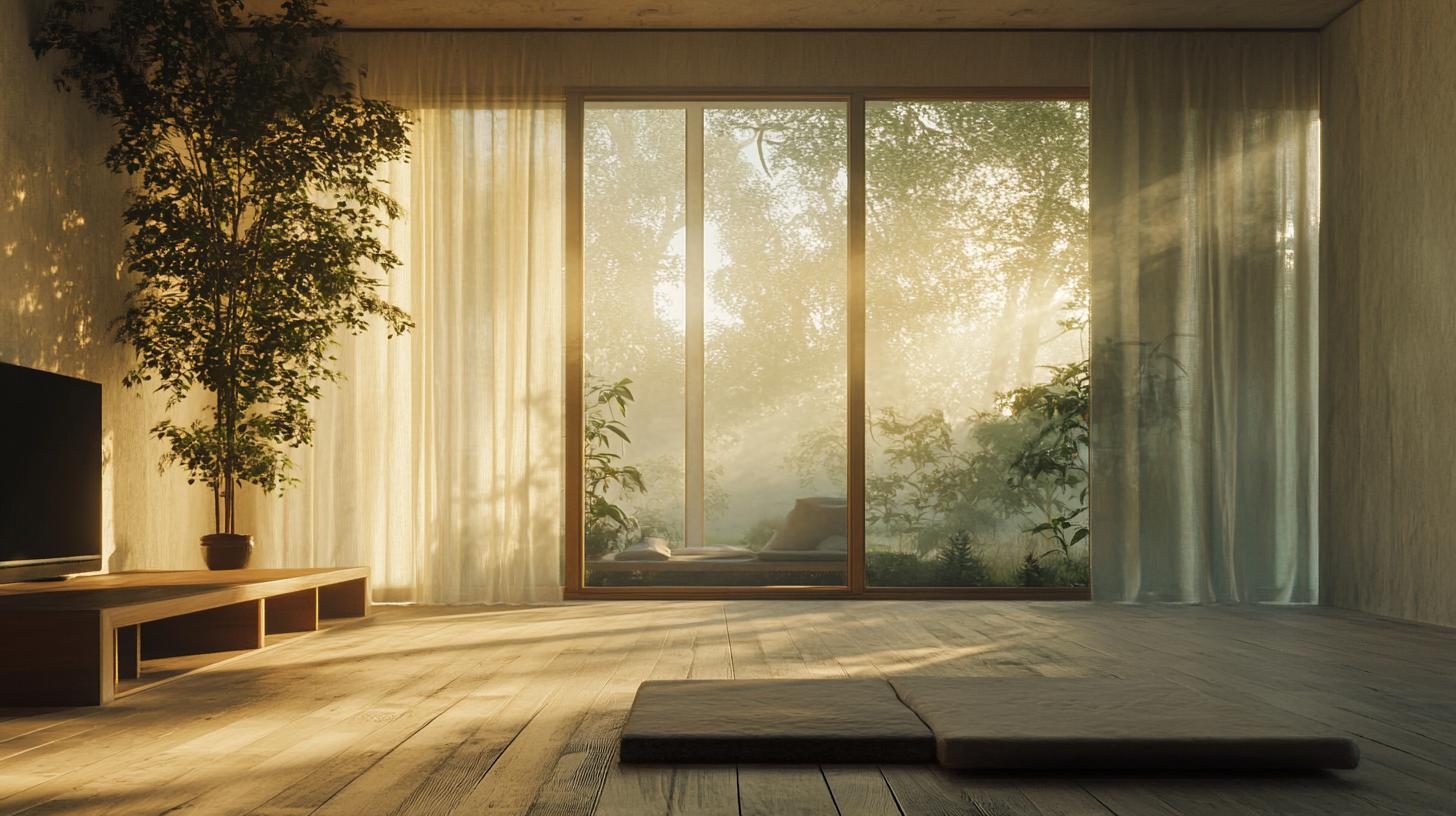Mindful Home Design: Transform Your Space in 2025
Mindful home design transcends traditional interior aesthetics, representing a holistic approach to creating living spaces that nurture mental wellness, foster family connections, and support individual growth. In 2025, the concept of mindful home design has evolved from mere decoration to a comprehensive strategy addressing psychological, emotional, and functional needs.

Understanding the core principles of mindful design begins with recognizing how our environment profoundly influences our mental state. Researchers have consistently demonstrated that thoughtful spatial arrangements can reduce stress, enhance productivity, and promote emotional well-being. By intentionally curating our living spaces, we create sanctuaries that support our daily experiences.
The Psychology of Mindful Home Spaces
Mindful home design integrates several critical psychological elements:
- Emotional Resonance: Spaces that reflect personal narratives and individual preferences
- Sensory Harmony: Balanced environments that engage multiple senses positively
- Functional Flexibility: Adaptable areas supporting diverse lifestyle needs
Creating Intentional Zones
Modern families require dynamic spaces that seamlessly transition between work, relaxation, and personal activities. This means designing multipurpose areas that can transform quickly and intuitively. For instance, a living room might incorporate a discreet home office nook or a dining area that doubles as a creative workspace.

Sustainable and Mindful Material Selection
Choosing materials isn’t just about aesthetics—it’s about creating environments that support physical and mental health. In 2025, mindful home design prioritizes:
- Low-VOC paints and finishes
- Sustainable, locally sourced materials
- Textiles with natural, breathable compositions
- Furniture made from recycled or renewable resources
Implementing Holistic Design Strategies
Transforming your home into a mindful sanctuary requires strategic approaches. Consider these professional recommendations:
Pro Tips for Mindful Home Design
- Embrace Natural Light: Maximize windows and use reflective surfaces to amplify illumination
- Create Intentional Circulation: Design flow that reduces friction and promotes smooth movement
- Integrate Biophilic Elements: Incorporate plants, natural textures, and organic shapes
Technology and Mindful Design
In 2025, smart home technologies are seamlessly integrated to support mindful living. Advanced systems can now adjust lighting, temperature, and ambient sounds to create personalized wellness environments that adapt to individual and family needs.
The future of home design is not about perfection, but about creating spaces that evolve with us—supporting our mental health, reflecting our values, and nurturing our connections. By approaching design with intention and empathy, we transform mere living spaces into holistic sanctuaries.




